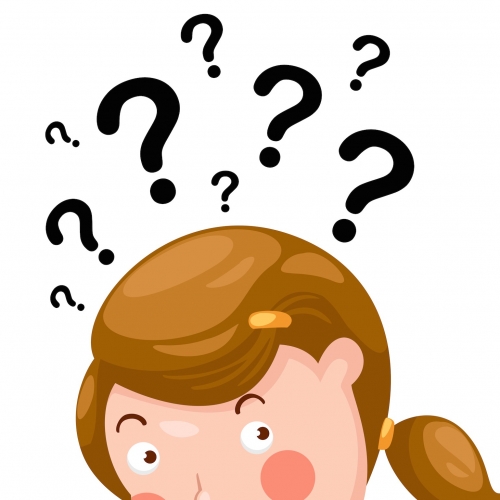Upper and lower bounds show us where an actual value of a rounded number can lie between.
Suppose we have a number that has been rounded to the nearest 10 and got 20, the numbers that could round up to give 20 include:
15, 16, 17 , 18, 19
The smallest value the number could be is 15. This is the lower bound.
The numbers larger than 20 that could round down to 20 include:
21, 22, 23, 24
The largest value that could round down to 20 would be 24.999999...
This means that the upper bound would be 25. It includes all numbers up to, but not including 25.
The general rule for finding the upper bound is to add half the rounding unit; and the lower bound would be found by subtracting half the rounding unit.

Example 1:
£420 has been rounded to the nearest £10.
Give the upper and lower bounds for the price.
Let's first find half of the rounding unit.
£10 ÷ 2 = £5
To find the smallest value we need to subtract half of the rounding unit.
Lower bound = £420 - £5 = £415
To find the largest value we need to add half of the rounding unit.
£10 ÷ 2 = £5
Upper bound = £420 + £5 = £425
Example 2:
175 cm has been rounded to the nearest cm.
Give the upper and lower bounds for this measurement.
Let's first find half of the rounding unit.
1 cm ÷ 2 = 0.5 cm
The smallest number that would round to 175 cm would be 0.5 cm less.
175 - 0.5 = 174.5
The biggest number that would round to 175 would be 0.5 cm more.
175 + 0.5 = 175.5
The lower bound = 174.5
The upper bound = 175.5
Does this make sense?

Let's make a start on the questions. If you get stuck, you can look back at this introduction by clicking on the red help button on the screen.








